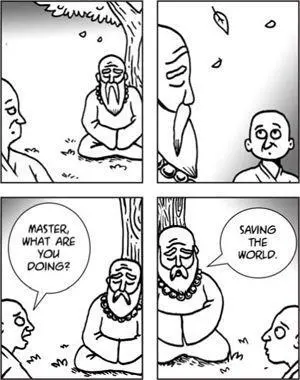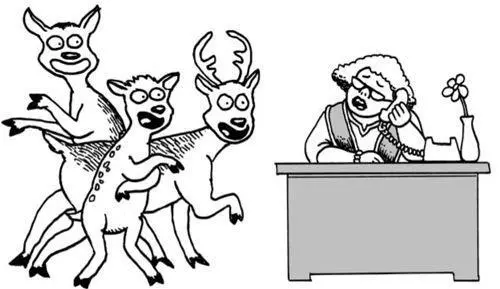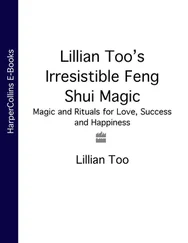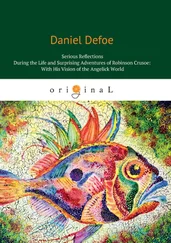Under the sponsorship of Google University, Mirabai, Norman, and I worked to create a curriculum for a mindfulness-based EI course, while Dan became our advisor, offering us the gift of his expertise and wisdom. While sitting in a room with Mirabai and Norman, I realized all three of us were radiant beings. Mirabai radiated compassion, Norman radiated wisdom, and I radiated ambient body heat.
The curriculum team eventually expanded to include three more highly talented individuals with a diversity of talents. Marc Lesser is the founder and former CEO of Brush Dance Publishing and the author of two business books, and he brought real-life business expertise and content. Philippe Goldin is a neuroscience researcher at Stanford University, and he brought scientific breadth and depth. Yvonne Ginsberg is a practicing therapist who taught at Yale University, and she deepened the personal dimension of the curriculum. All three are also highly respected meditation teachers in their own rights. Now we have real mojo.
In parallel with curriculum development, I formed an extremely diverse all-volunteer team to implement the course. The team consisted of Joel Finkelstein, a massage therapist; David Lapedis, a recruiter; Dr. Hongjun Zhu, an engineer; Rachel Kay, a learning specialist; and me, the jolly good fellow of Google. Dr. Peter Allen, then the director of Google University, was the patron saint of the project and an active participant. Members of the team were promised absolutely nothing in return for their thankless, unpaid hard work—except the opportunity to create world peace. Surprisingly, they all wanted in. It’s amazing what people will do for world peace.
The name of the course is Search Inside Yourself (SIY). Joel suggested it. Everybody laughed when he did. I didn’t really like the name at first, but my philosophy is if everybody laughs, it must be the right thing to do. So I agreed to it.
Search Inside Yourself has been taught in Google since 2007, benefiting hundreds of people and sometimes changing their lives. It has become effective enough that we are now ready to “open source” it and make it accessible outside Google. This book is part of that effort.
And the rest, as they say, is the future.

EPILOGUE

Save the World in Your Free Time
Insert funny quote here in your free time.


I once took a long walk with Zen master Roshi Joan Halifax, a dear friend who is like a sister to me. I sometimes joke about her being my “little sister” because she is only thirty years older than me. During our walk, we talked about our lives, the spiritual practice of non-doing and about our aspirations toward service to the world (“saving the world,” we joked). We also joked about the contradiction in aspiring to both be lazy, cushion-sitting meditators and tireless bodhisattvas (world saviors) at the same time.
What I remember most about the conversation was how inspired I was by Roshi’s being. Roshi is one of the most compassionate souls I have ever had the honor to meet. You can tell just by looking at her eyes—she has the most gentle, compassionate eyes of anybody I know. Among the many amazing things she has quietly done in her life, she has spent many decades serving and comforting the dying. She is also a Zen abbot and a board member of the Mind and Life Institute, which continues to benefit many people.
Roshi is always busy giving of herself to benefit other people, yet you feel that she is just having fun doing what comes most naturally to her. I reflected on Roshi’s being, and it occurred to me that hers is a common theme among all the inspiring, enlightened individuals with whom I have had the honor of spending time: Sadhguru Jaggi Vasudev, a yoga master whose organization also holds the world record for the highest number of trees planted in a single day; A. T. Ariyaratne (“Dr. Ari”), a humble English teacher who felt inspired to go around helping people and ended up founding the largest NGO in Sri Lanka; Matthieu Ricard, who in addition to being the happiest man in the world also runs a humanitarian organization benefiting many people without getting any pay; and of course, the Dalai Lama.
All these bodhisattvas think of their tireless work for humanity as little more than having fun by doing whatever comes most naturally to them. They sometimes joke about themselves as being “lazy,” even though they are often busier than many overstressed business executives I know. The Dalai Lama, for example, despite his busy schedule, said, “I don’t do anything.” They are also all very joyful. Sadhguru said my job title of jolly good fellow should be his too.
My epiphany is that “saving the world” is so hard and takes so much effort that if you strive hard to “save the world,” it is not likely to be sustainable. Instead, it is more skillful to focus on developing inner peace, compassion, and aspiration. When inner peace, compassion, and aspiration are all strong, compassionate action comes naturally and organically, and hence, it is sustainable.
The great Zen master Thich Nhat Hanh, another one of those bodhisattvas tirelessly serving the world, and who also calls himself a “lazy monk,” says it beautifully: “With all this socially engaged work, first you must learn what the Buddha learned, to still the mind. Then you don’t take action; action takes you.”
You don’t take action, action takes you.
Inspired, I wrote this poem:
THE LAZY BODHISATTVA
With deep inner peace ,
And great compassion ,
Aspire daily to save the world .
But do not strive to achieve it .
Just do whatever comes naturally .
Because when aspiration is strong
And compassion blossoms ,
Whatever comes most naturally ,
Is also the right thing to do .
Thus you ,
The wise compassionate being ,
Save the world while having fun .
My friend, may you be lazy, and may you save the world.

Index
The pagination of this electronic edition does not match the edition from which it was created. To locate a specific passage, please use your e-book reader’s search tools.
acceptance of emotion, 123, 124–25
accountability avoidance, 176
accurate self-assessment, 82, 83–84, 87–88
adaptability, 104
affect labeling, 21
agreeing vs. empathy, 164–65
alignment: built upon self-awareness and mindfulness, 139–40
definition of, 133
flow component of, 135–36
of meditation with real life, 233–37
of work with values and higher purpose, 134
Allen, Peter, 236–37
American Express Financial Advisors, 83
American Psychological Association, 217
amygdala, 21
“amygdala hijack,” 116
analogies: being relaxed/alert and pot of water, 31–32
concentration and bicycle riding, 31
Читать дальше
Конец ознакомительного отрывка
Купить книгу












![Chade-Meng Tan - Search Inside Yourself - Increase Productivity, Creativity and Happiness [ePub edition]](/books/703803/chade-thumb.webp)



